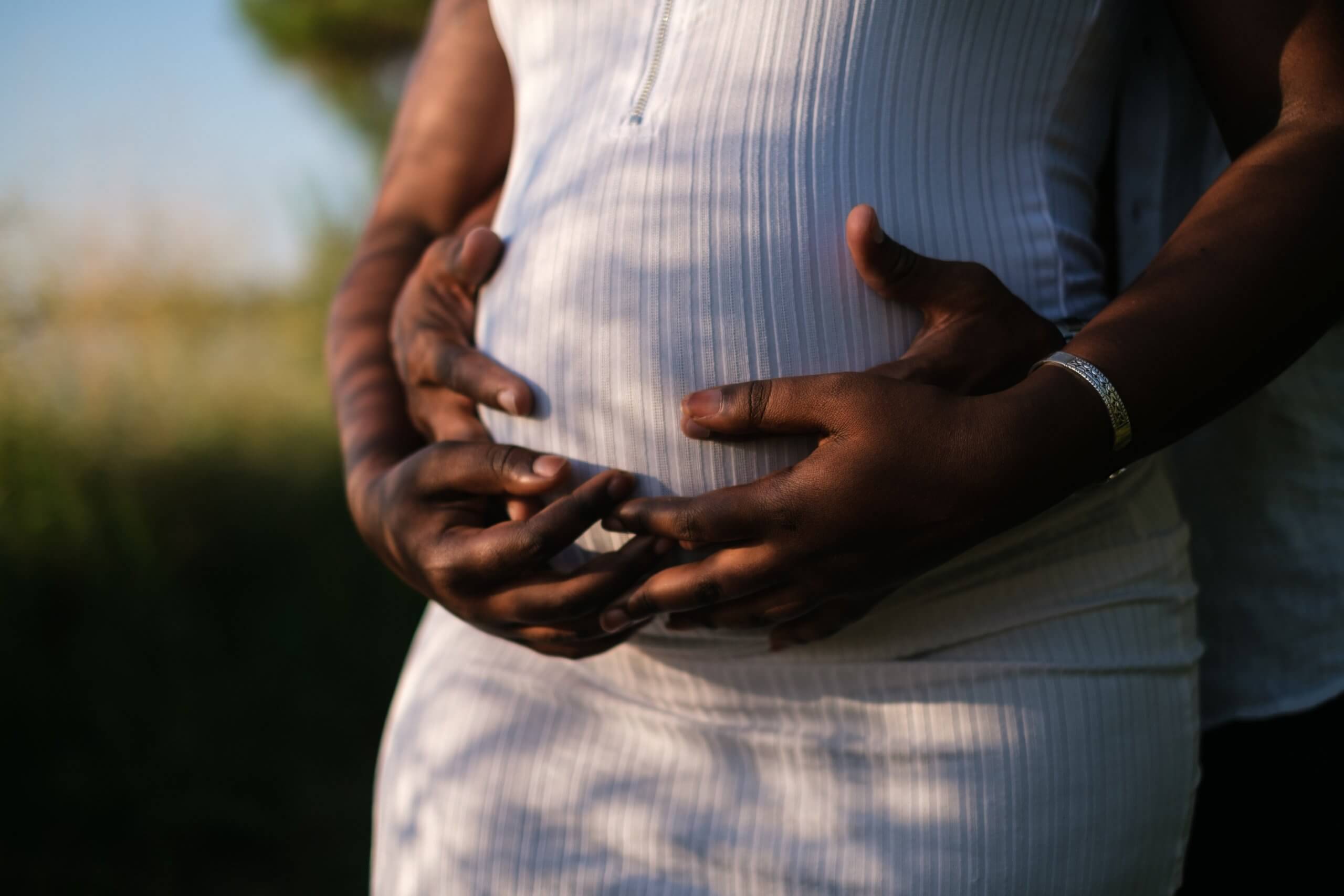In the United States, almost 10% of pregnancies result in premature births, but the number rises to 14% in pregnant Black women. A new study from the American Society for Microbiology suggests one biological reason for the racial disparities in preterm births is low levels of the lactobacillus crispatus bacteria in the vaginal microbiome.
Lactobacillus bacteria are common in the vaginal microbiome — one of the first places babies are exposed to germs and microbes to help shape their own gut microbiome. However, the Lactobacillus family involves specific species that can cause negative health outcomes.
“Some species are more or less protective,” says study co-author Shan Sun, PhD, a researcher at the University of North Carolina Charlotte (UNCC) in a statement. “But when the vaginal microbiome was dominated by species of L. crispatus, preterm birth was 40% less likely.”
The study found that pregnant women with high levels of Lactobacillus crispatus had lower odds of experiencing a preterm birth. Having the bacteria present in the vaginal microbiome was shown to have a protective effect for both White and Black pregnancies.
Prior work looking into the connection between the vaginal microbiome and preterm birth has come up short because of low study enrollment. Researchers do know, that, unlike the gut microbiome that thrives on a diversity of microbes for good gut health, less is more in the vagina. “If you have one dominant microbe, ok, that’s what you want,” says Anthony Fodor, PhD, an associate professor of Bioinformatics and Genomics at UNCC and study coauthor.
The study analyzed data taken from the Pregnancy, Infection, and Nutrition Study that enrolled over 3,000 women for their health studies. The researchers narrowed the data to the pregnancies of 464 White women and 360 Black women. The results showed that having more bacterial species in the vaginal microbiome could overshadow lactobacillus crispatus’s protective effects in Black women.
However, it remains unknown whether Lactobacillus crispatus’s protective effects are from the bacteria itself or the consequence of another variable responsible for preterm birth. “We don’t know if having a specific vaginal microbiome creates a susceptibility for some other agent that’s actually the causal agent,” says Stephanie Engel, PhD, director of the UNC Center for Early Life Exposures and Neurotoxicity at the University of North Carolina Chapel Hill.
She also wants to make sure she and her team are looking at all factors involved in preterm birth, instead of relying on a single explanation. “Are we asking the right questions? Is it really race, or racism?” she asked. “There’s still quite a bit to be done to describe the nature of the microbiome during pregnancy and what influences outcomes.”
The study is published in the journal mSystems.
